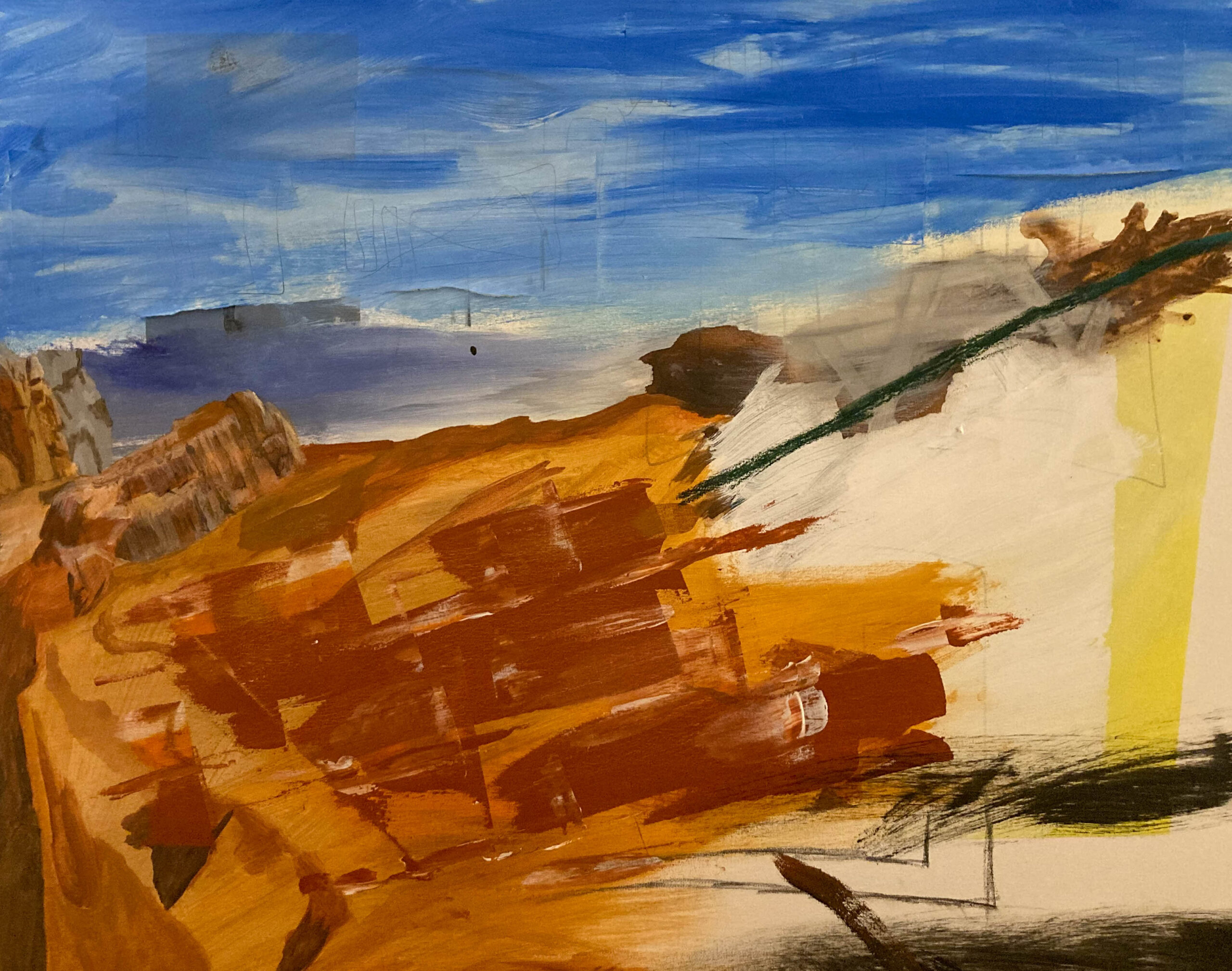
Donald Winnicott, the psychoanalyst and pediatrician, revolutionized our understanding of the intricacies of child development. He wrote many brilliant papers, some focused on play and creativity. If you’re interested in this area of his work check out his book Playing and Reality. Below are a few of the most inspiring ideas.
Winnicott outlined play and creativity as crucial elements of well-being. He saw these as important fields in which to experiment with thoughts, emotions, and relationships in a safe and imaginative space.
Parallel to this, Winnicott’s idea of a ‘transitional object’, that is, an object such as a toy that exists in a space in the child’s mind between fantasy and reality, offers a sense of continuity and ground for exploration. Similarly, the individual can strive for a ‘transitional space’ where imagination and spontaneity are encouraged and a balance between the inner and outer world is the goal.
He also distinguished between a ‘false self’ and ‘true self’, that is, a persona created for the outside world and a self that is more authentic, respectively. Along these lines he saw play and creativity as a place to express yourself authentically, but also as a transitional space where one can reconcile the authentic sense of self with societal expectations.
While play and creativity play a hugely significant role in childhood, they continue to be important areas to focus on in building mental health and selfhood throughout life. Therapy is a space where play and creativity-based interventions can be used in an exploratory way. Keeping that exploratory mindset and reflecting on what’s created for the outside world and what can be creatively your own is a powerful orientation. Part of this can be thinking of creativity as a process as opposed to aimed at an end product.
Beyond Winnicott, psychoanalytic therapy itself can be thought of in creative terms. The unconscious contains a huge well of images, archetypes, and deeply personal material. Symbols, metaphors, and personal narratives form a unique landscape for every person. The symbolic language of dreams reflects our struggles, desires, and conflicts in unique ways. Therapeutic interaction and dialogue can create an open space for some of these contents to be explored and woven into a new narrative, a highly creative process.
Within this, creative modalities (music, art, writing, etc.) can be a means for exploration, expression, and communication of these contents, opening an avenue to process complex issues and help with things like anxiety, depression, and relationship issues.
If you’d like to learn more about this way of working and are thinking about clinical supervision or psychotherapy read more about or practice or contact us here.

